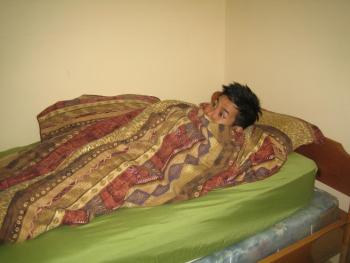
Examine the scene.
The last thing you would want to happen in a rescue scenario with unhealthy toxins taking part is for you to potentially become affected. Keep in mind, harmful toxins don’t need to be ingested. They can be breathed, absorbed and also injected. When you come into a scene when managing for harmful toxins rescuers should check the scene for whatever can harm them. In the event the scene is dangerous rescuers are instructed never to get involved and then to make contact with 911 without delay.
Call Poison Control.
When you are suspicious harmful toxins have been involved in the first-aid scenario you should call poison control at 1-800-567-8911 (BC Only). Having said that, this telephone number isn’t as simple and fast to recollect as 911 so in case you forget the number you can get a hold of EMS.
Settle the patient.
In the event an individual has been poisoned the dangerous content is likely to travel through the victim causing probable substantial damages throughout the body. To help limit the degree of damage or to slow the toxins ask the affected person to stay calm and / or relaxed (sitting is a good option). Whenever a affected individual remains active it will help move the toxin, when you restrict the movement the venom is slowed. While providing care for poisoned victims every second counts.
Study the label.
Just about all products which are generally toxic present through the household have instructions on them in the case someone has inhaled, absorbed, or eaten them. Look at the information and adhere to the suggestions as thoroughly as you possibly can. Lots of rescuers are convinced they should encourage vomiting immediately or try and draw (via sucking) the toxin straight from the afflicted part. Vomiting may not be the ideal treatment because it can produce more harm to the sufferer’s airway and drawing the toxin but sucking is a “Hollywood” myth. Check the product label and refer to poison control and 911.
Stay calm.
Several 1st aid volunteers justifiably worry whenever a loved one has become poisoned through a bite, accidental consumption or harmful spill. Being settled and keeping cool should help the sufferer do the same and impede the movement of the poison. A stressed rescuer can set the patient into shock and deteriorate the situation.
To understand more about distinguishing and looking after patients of poisonings register for a St Mark James first aid and /or CPR course.

